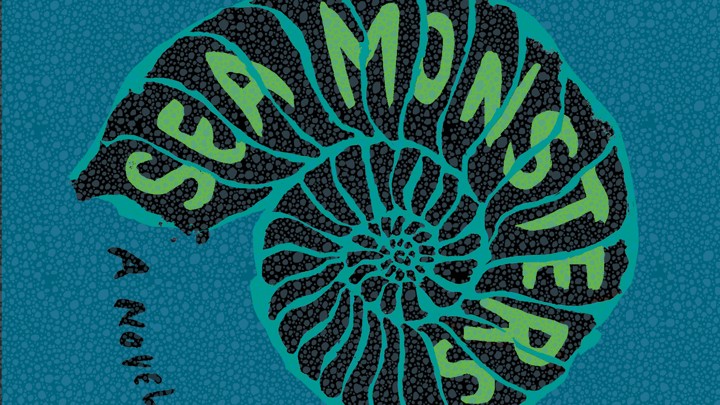Originally published on February 22, 2019 5:02 am
Copyright 2019 NPR. To see more, visit https://www.npr.org.9(MDA4MzMwMDM0MDEzMTg4NzQ3NzAwZDdjZg004))
9(MDA4MzMwMDM0MDEzMTg4NzQ3NzAwZDdjZg004))
DAVID GREENE, HOST:
The movie "Roma," with its 10 Academy Award nominations, could walk away this Sunday a big winner, especially the movie's breakout star and best actress nominee, Yalitza Aparicio, who was discovered in a small town in southern Mexico. Her new stardom has brought a spotlight to that region's Indigenous roots, as NPR's Carrie Kahn reports.
CARRIE KAHN, BYLINE: In Tlaxiaco's main plaza on the steps of the town's colonial-era church, dozens of elementary school kids await their teacher's musical cue.
UNIDENTIFIED PERSON: (Playing trumpet).
KAHN: Dressed in traditional costumes, most of the area's approximately 50,000 residents are Indigenous. The kids rehearse for a performance this Sunday.
(SOUNDBITE OF BAND MUSIC)
KAHN: Sunday will be a crowded day in the town's main square. After the band finishes, a big-screen TV will be set up to watch the Oscar telecast and their hometown hero, Yalitza Aparicio, mingling among Hollywood stars. Miguel Angel Martinez, who runs the cultural center across the street, can't wait.
MIGUEL ANGEL MARTINEZ: (Speaking Spanish).
KAHN: "The wonderful thing is Yalitza has her feet on the ground. She remains proud of where she comes from, her values and her ethnicity," says Martinez, though he admits he almost sabotaged Aparicio's big break.
MARTINEZ: (Speaking Spanish).
KAHN: The casting company searching for "Roma's" lead actress, an Indigenous domestic servant, sent him an email requesting his help. He said he deleted it, thinking it was a scam. But after the rep from the company personally assured him all was legit, he helped. Aparicio, who was on track to be a teacher, came reluctantly to the casting call and was the last to audition. The rest is local lore.
ALMA RAMIREZ: (Speaking Spanish).
KAHN: Alma Ramirez snacks on spicy and sweet snow cones with her two daughters in the square. She says everyone is thrilled for Aparicio, but she admits she's also a little jealous.
RAMIREZ: (Speaking Spanish).
KAHN: "I'm envious," she laughs. "All those clothes, red carpet appearances," says Ramirez. "There aren't that many people in life that have such success," she says. Especially not many indigenous Mexicans. They are seldom seen in movies, on the cover of magazines or photographed in Prada and Gucci, as Aparicio has in recent months. That realm is limited to white, light-skinned Mexicans. Her sudden fame, as well as the movie's themes of Mexico's deep racial and class divides, has sparked much debate and backlash. One soap opera star was caught on video denigrating Aparicio with a vulgar slur. The governor of her home state of Oaxaca, Alejandro Murat Hinojosa, says Aparicio doesn't need anyone to come to her defense.
ALEJANDRO MURAT HINOJOSA: She clearly has opened all of these avenues. And this is a great step towards changing these conceptions of Mexico.
KAHN: The movie has definitely opened up discussion about the plight of domestic workers in Mexico, even aiding advocacy for labor protection laws. Unfortunately, other themes haven't gotten as much play, like the decades-long land disputes and violence persistent in Aparicio's Oaxaca. The mayor in her hometown was murdered in January, right after taking the oath of office. Local artist Jesus Gonzalez says the murders shook everyone, but Aparicio's success has given the town new hope.
JESUS GONZALEZ: (Speaking Spanish).
KAHN: "She is like an emblem for us," he says. "We recognize her strong spirit in breaking from Mexico's past into a better future." Gonzalez is painting a 16-foot-tall mural of her off the town's main square. He's hurrying. He's got to get it done before Sunday's Academy Awards ceremony. Carrie Kahn, NPR News, Tlaxiaco, Mexico. Transcript provided by NPR, Copyright NPR.





